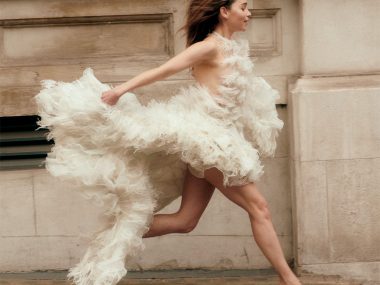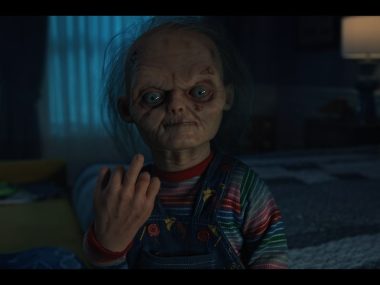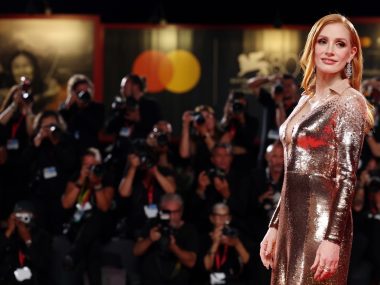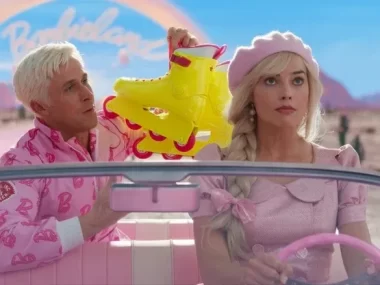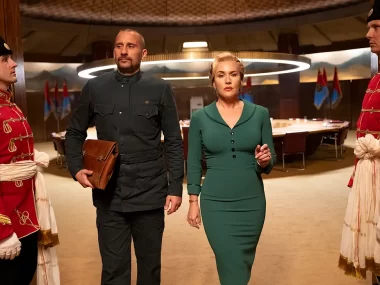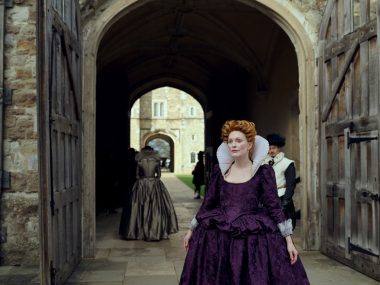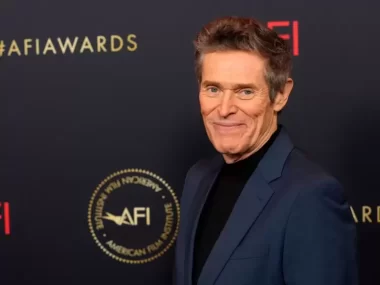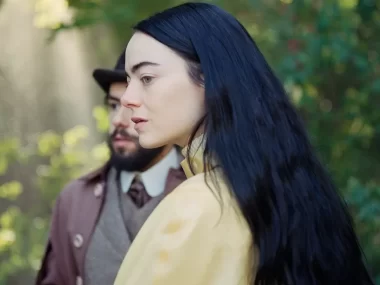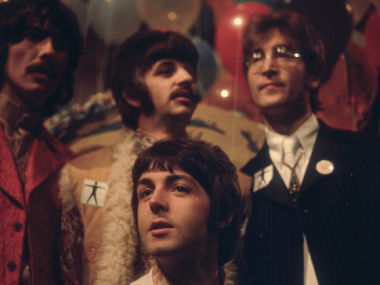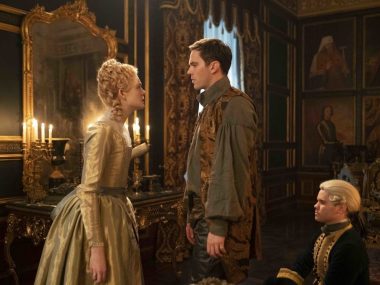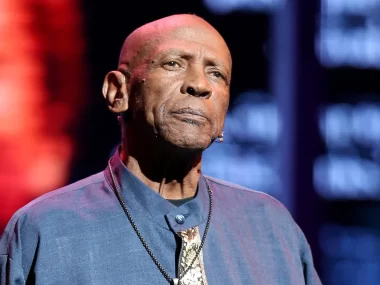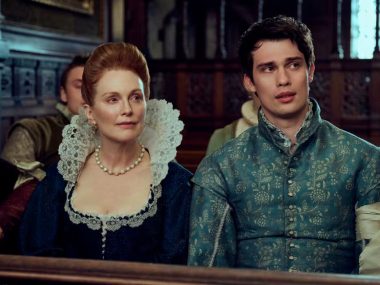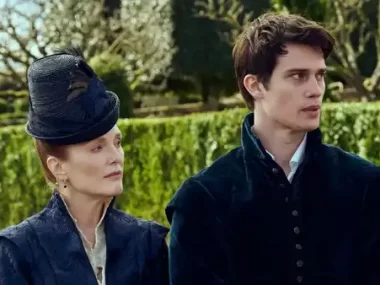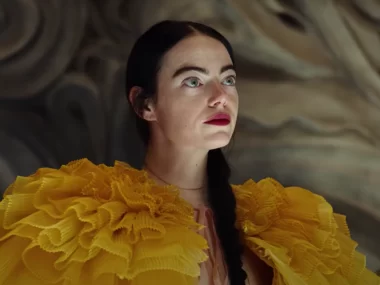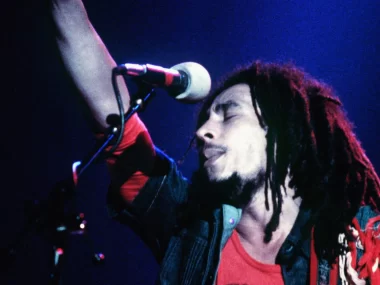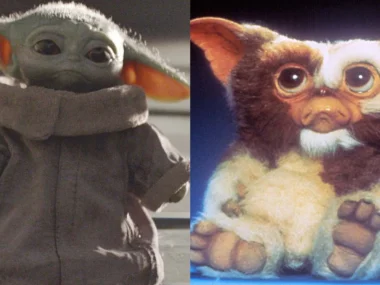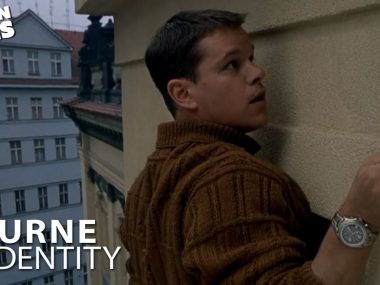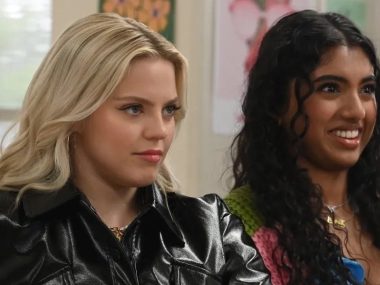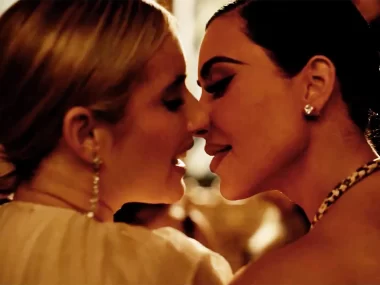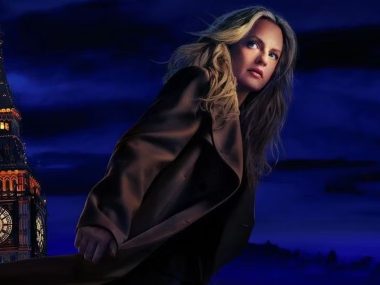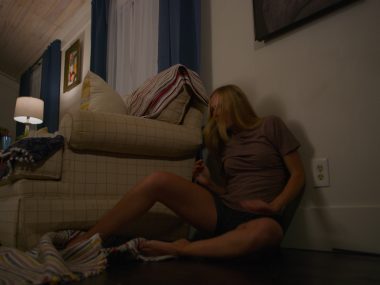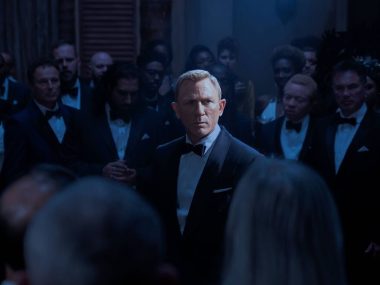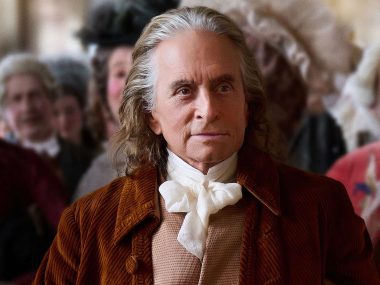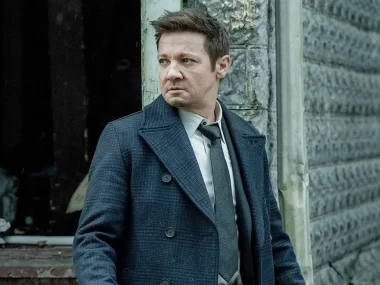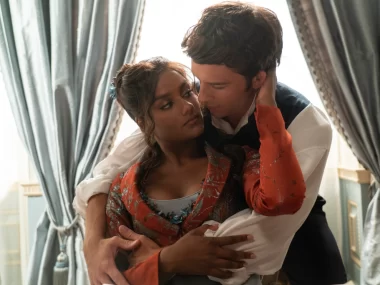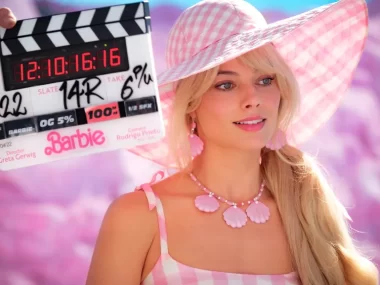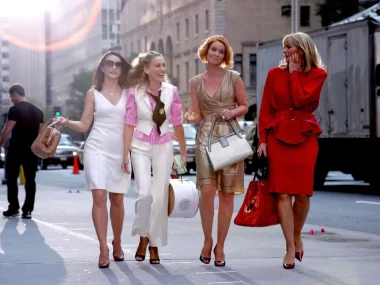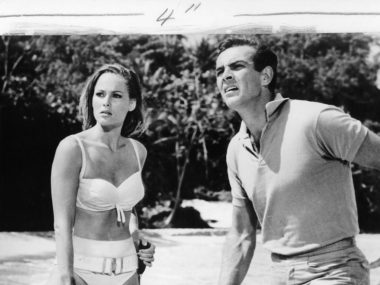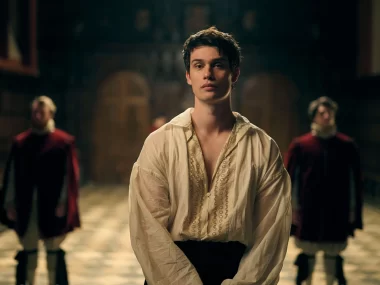|
Neubauer Coporation
Getting your Trinity Audio player ready...
|
“For me, as a German, I take the whole question of ‘what if’ more seriously,” he says.
“My parents were born in the Third Reich. When my mother was four years old, when she went to a bakery, she had to say: Heil Hitler.”

“For me, it’s a very real thing … the whole question of how would I have behaved, if I was born in that time, is a very present one … so I think it influenced me quite strongly.”
When tackling The Hunger Games: The Ballad of Songbirds of Snakes, Uli and his fellow filmmakers approached the story — which is set 64 years before the original Katniss Everdeen films — like a period piece.
“We had the idea to compare the fictional history of Panem with our real history. If you count back 60-something years … then you have Berlin in the 60s, in a very comparable situation.”
The prequel follows a young President Snow – who goes on to become the tyrannical dictator of Panem in the original films – living in a country recovering from war.

In a rare move for a major franchise, most of Songbirds and Snakes was filmed on location across Germany and Poland, including in and around the grandeur architecture constructed by Nazis.
It sets an imposing scene for the first Hunger Games film in eight years, which has already topped the box office abroad.

Slight spoilers ahead.
An arena fit for gladiators (and tributes)
The Ballad of Songbirds and Snakes is set in the early days of the Hunger Games.
In their 10th year, they are held in a simplistic, Roman-style fighting ring, where tributes are penned in and provided with weapons to fight to the death. While the event is televised, almost no-one watches.
It’s a far cry from the interactive landscapes that define the games in Katniss’s story but, as the film progresses, we start to see the beginnings of the high-tech spectacle that is to come.
In the novel, this early-days amphitheatre is described as open-air, like the Colosseum or the other fighting arenas of the gladiators.
Uli and the team deviated for the film, choosing a closed-in arena to add a “prison-like” feeling to the set.

Its exteriors take shape at Berlin’s Olympic stadium, which was built by the Nazis and unveiled at the 1936 Berlin Olympic Games.
It’s where a famous real-life misfit made a name for himself – African American athlete Jesse Owens won four gold medals at a Games that was hoping to prove the “superiority” of the Aryan race.
Metaphors aside, the stadium was a fitting piece of grand, fascist architecture.
“The first thing we did was research the aesthetics and architecture of restrictive systems [like] the Soviet Union, fascist Germany, Italy and Spain,” Uli says.

The arena’s interiors took shape at Poland’s Centennial Hall, a UNESCO World Heritage site with a 23-metre-high dome of steel and glass.
When a rebel bombing rocks the barren arena, the games are forever changed.
“This boring, empty, dusty place becomes like a real battlefield,” Uli says.
Rather than a quick-fighting, ring-style showdown, slabs of concrete now give tributes somewhere to hide, as do underground tunnels that have been blasted open.
Uli says the film’s director Francis Lawrence “came up with the idea of this huge piece falling from the ceiling and becoming this centre rubble piece, which almost looks like the cornucopia” from the original films.

Easter eggs of The Ballad of Songbirds and Snakes
In the original Hunger Games films, Katniss’s home of District 12 is a poor and struggling mining town. But in the period piece that is Songbirds and Snakes, it’s thriving.
“The coal mining part of District 12 is more important for Panem than it was 65 years later,” Uli explains.

“It’s like in our real world, where our coal mines and steel factories used to be more important than they are now.”
Scenes here were shot in Landschaftspark in Germany, where former industrial buildings have been transformed into a public park – and make the perfect setting for District 12.
Watching the film, there’s plenty of small details for fans to pick up and analyse. Weatherman (and amateur magician) Lucky Flickerman casually brings up a map of Panem while making his forecast, which has long been an integral part of the franchise’s fan-lore .
Uli also challenges you to spot “this little red pulsating light … on every TV, every radio, even cars – everything which is a machine or device”.

“We were connecting to 2001 [A Space Odyssey] where you have the computer HAL … this controlling computer that had this big red light, almost like a face.
“[We] never really explain what it is, [you just] have a feeling that it’s connected to whoever might control everything.”
The film closes on Panem in full swing, with an imposing centrepiece.
“[There’s] this big statue, which we call the Panema,” Uli says.
“It looks like Lady Liberty, but instead of having a torch and a text, welcoming everybody, it has two swords [crossed together] that says really clearly: Fuck off.”
For Uli, this comes down to the message of the film, and the “morale aspect within the story”.
He says while you may be “sitting very comfortably in the cinema watching the movie, there are moments where you get an idea of how it really could happen”. And you start to wonder who you might be, and what you might do in that alternate reality.


